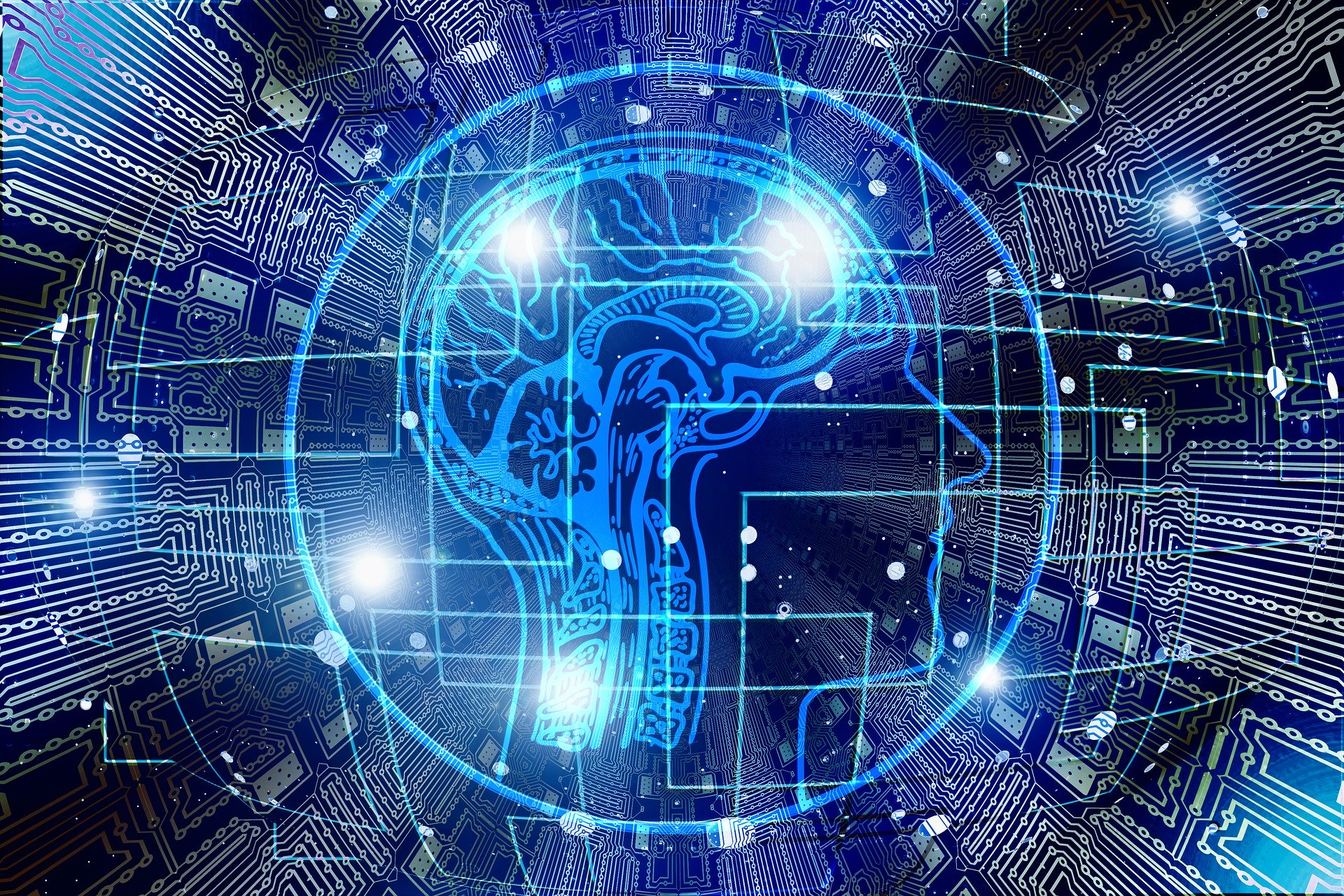
Neuromorphic Computing: the future of AI-driven technologies
There is really no secret that artificial intelligence (AI) is deeply changing our lifestyles and with new technologies like neuromorphic computing, it is completely reshaping the ways we perform our day-to-day activities. Researchers are looking to move beyond the current AI limitations and develop new technologies that mimic the human nervous system.
This is how the concept of neuromorphic computing emerged on the AI market which although it dates back to the 1980s, its popularity increased mainly over the past few years, along with the rise of AI. In fact, the latest research shows that the global neuromorphic computing market is expected to reach USD 8.9 billion by 2025.
Why is Neuromorphic Computing revolutionizing the AI world?
Why this increased interest in creating processors that operate more like the human brain? It’s simple: the human brain is still the best computer in the world and its energy-efficiency is unparalleled when it comes to certain tasks.
Because of its similarities to biological and artificial neural networks, neuromorphic computing is often described as the bridge between traditional computer processors and the relative strengths and weaknesses of the human brain.
Where could neuromorphic computing be applied in the real business world?
At the forefront of a new digital revolution, neuromorphic computing promises to enhance AI capabilities by successfully simulating the way the human brain processes information. This could be one of the main reasons to explain why big names in the industry like IBM, Intel or Qualcomm are working relentlessly to develop the first neuromorphic computer.
Let’s dig deeper and explore some of the industries that could be impacted by this new technology.
- Healthcare: help create artificial retina, improve medical imaging, integrate AI-based chips with smart glasses to help identify objects and surroundings, possibility to improve human memory and avoid symptoms of dementia;
- Finance: improve financial forecasting with advanced predictive analysis, combat illegal fintech activities by providing complete tracking records and accurate evidence;
- Military: improve drones activities during critical missions by making them able to recognize sites and objects previously visited or identify environment changes.
Regardless of its real-life business application, the growth of neuromorphic computing demand is highly driven by the rising demand for AI and machine learning, the growth in the sensors market and the increasing adoption of software in applications like data modeling, predictive analysis, and real-time data streaming.
What can we expect in the future?
There is no doubt that neuromorphic computing is going to reshape your business. Developed initially as an AI-powered technology, neuromorphic chips are able to provide fast computing solutions that deliver better performance with low power consumption.
Researchers expect to embed this new tech in smartphones, driving the growth of the IoT market in the near future. This means that we can expect to see further applications in autonomous vehicles and even space exploration, with its possibility to be deployed in satellites for better surveillance.
What do you think about neuromorphic computing? Have you already tested this new technology for your business or maybe you plan to do so in the near future? Share your thoughts in the comments section below!





